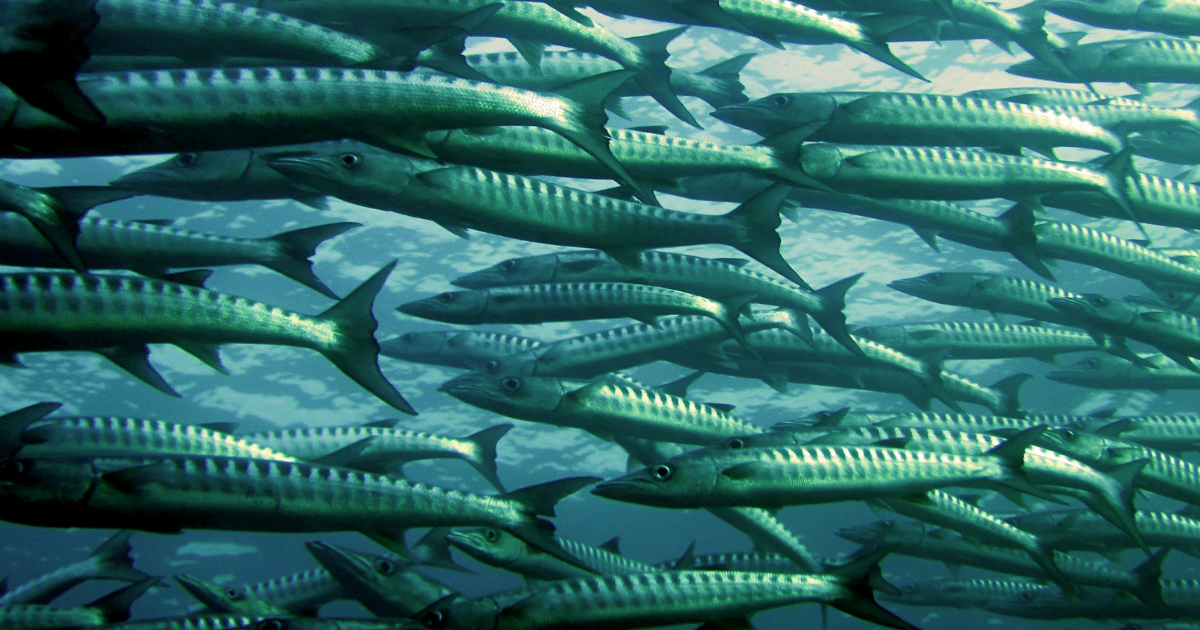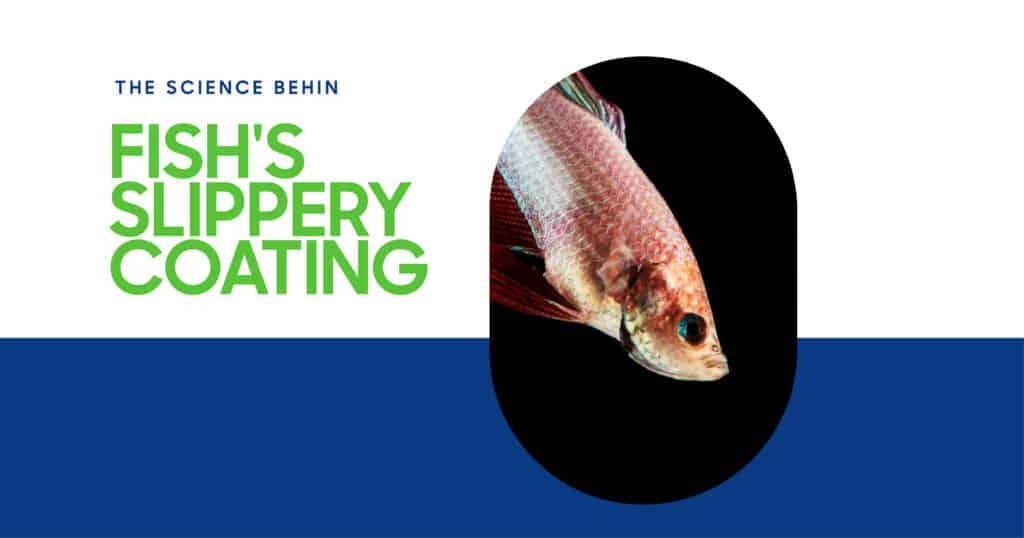Fish are among the most fascinating creatures in the aquatic world, and one peculiar feature that often raises questions is their slippery, slimy feel. If you’ve ever handled a fish, you might have wondered: Why are fish slimy? While the sensation might seem odd or unpleasant to some, that slippery coating plays a crucial role in fish survival and health. This blog dives deep into the science behind the mucus layer, exploring its functions from protection to efficient swimming and even hydration.
Why Are Fish Slimy? Unpacking the Basics
The simple answer to why fish are slimy lies in the specialized mucus layer that covers their bodies. This mucus isn’t just random goo; it’s a critical biological adaptation evolved over millions of years to enhance survival in aquatic environments. Essentially, this slime acts as a protective barrier and a multifunctional shield.
The mucus layer is produced by specialized skin cells called goblet cells. These cells secrete a glycoprotein-rich substance that coats the fish’s body, providing a slick, often transparent film that serves both physical and biological functions. From defending against bacteria to aiding movement through water, the slime is a vital asset that supports nearly every aspect of a fish’s life.
In evolutionary terms, fish that developed more efficient mucus production gained a survival advantage, enabling them to withstand pathogens, conserve hydration, and move gracefully through water. Modern fish species continue to rely heavily on this biological coating.
The Mucus Layer and Its Role in Fish Survival
A fish’s mucus layer is not a single-purpose mechanism. Instead, it acts as a complex and multifunctional defense system. This coating helps fish cope with environmental stressors, predators, and infections, playing a pivotal role in ensuring their survival across diverse aquatic habitats.
Hydration, Parasite Defense, and Bacterial Protection
Water might seem like the last place where hydration would be an issue, yet fish can suffer from dehydration just like terrestrial animals. Their mucus layer significantly helps with maintaining hydration by reducing osmosis, where bodily fluids would otherwise diffuse into the surrounding water. Without this slimy barrier, fish could lose essential body fluids, leading to dehydration.
The mucus layer also serves as a biochemical defense against parasites and bacteria. It contains antimicrobial enzymes and antibodies that neutralize harmful microorganisms before they penetrate deeper skin layers. Moreover, the physical slipperiness of the slime makes it harder for parasites to attach to fish skin, significantly reducing infection risk.

Research from the University of Florida’s Institute of Food and Agricultural Sciences emphasizes that mucosal immunity – an immune response activated within mucus secretions – is a frontline defense system for fish, much like mucosal immunity in humans.
How the Slime Helps Fish Move Efficiently
Ever watched a fish dart swiftly through water? Their slimy coating contributes significantly to this graceful movement. The mucus layer is a natural lubricant, decreasing friction between the fish’s body and surrounding water. This reduction in drag means fish expend less energy as they swim.
From a hydrodynamic perspective, the slime fills small gaps and roughness between scales, creating a smooth outer layer that allows for streamlined movement.
By reducing resistance in water, the slime not only helps fish conserve energy but also aids in quick escape responses when predators are near.
The Connection Between Scales and Mucus
Scales and mucus might seem like unrelated features, but together they form an integrated protective system. Fish scales provide physical armor, while the mucus layer acts as the chemical and microbial shield.
Structural and Functional Importance
- Scales serve as the first line of mechanical defense, safeguarding fish against physical injuries and abrasion from rocks, sand, and aggressive encounters.
- The mucus layer overlays the scales, sealing tiny gaps and preventing harmful microorganisms from exploiting those spaces.
- Together, scales and mucus create a synergistic barrier that optimizes both physical durability and biochemical protection.
Interestingly, the type of scales a fish possesses – whether cycloid, ctenoid, or ganoid – can influence mucus production levels. Fish with smoother scales tend to produce thicker mucus layers for enhanced hydrodynamics and pathogen defense.
What Sliminess Reveals About Fish Health
A healthy fish typically displays a consistent, clear, and uniform mucus coating. In contrast, excessive or discolored mucus can signal stress, infection, or poor water conditions. Sliminess, therefore, isn’t just a quirky feature – it’s a visible indicator of fish health.
In aquaculture and veterinary care, monitoring the mucus layer can help professionals detect early signs of disease. A fish shedding its slime excessively might be battling bacterial infections or suffering from environmental toxins. Conversely, a dry or patchy mucus layer could suggest dehydration or chronic stress.
Maintaining optimal water quality – considering factors like pH, ammonia levels, and temperature – is crucial for ensuring healthy mucus production. Institutions like the Smithsonian National Zoo stress the role of proper habitat maintenance in preserving fish skin health.
Explore Fish Care Insights With Vet Today
Understanding the answer to why are fish slimy extends beyond curiosity; it’s central to ensuring fish welfare, whether you’re a pet owner, aquarist, or aquaculture professional. At Vet Today, our aquatic animal care specialists provide comprehensive support to help you monitor and optimize your fish’s environment.
Whether you’re addressing signs of excessive slime production, unusual mucus coloration, or overall fish health concerns, our team can help guide you toward solutions that promote aquatic wellness. Ready to support your fish’s health more effectively? Contact a Vet Today for expert aquatic animal care.

FAQs
How does the mucus layer provide protection against parasites and bacteria in fish?
The mucus contains antimicrobial compounds and creates a slippery barrier that prevents parasites and bacteria from attaching to or penetrating the skin.
In what ways does fish slime contribute to maintaining hydration?
The mucus layer slows down water loss through osmosis, helping fish retain essential body fluids even while living in a watery environment.
How does the slime help reduce friction and enhance swimming for fish?
Fish slime acts as a lubricant, minimizing drag in water and allowing fish to move more efficiently with less energy.
What is the connection between fish scales and the mucus layer?
Scales offer physical protection, while the mucus layer overlays them, forming a combined defense system that shields fish from infections and physical injuries.
How does the mucus layer benefit the overall well-being of fish?
The mucus layer helps with hydration, protects against pathogens, reduces swimming friction, and serves as an indicator of overall health.






